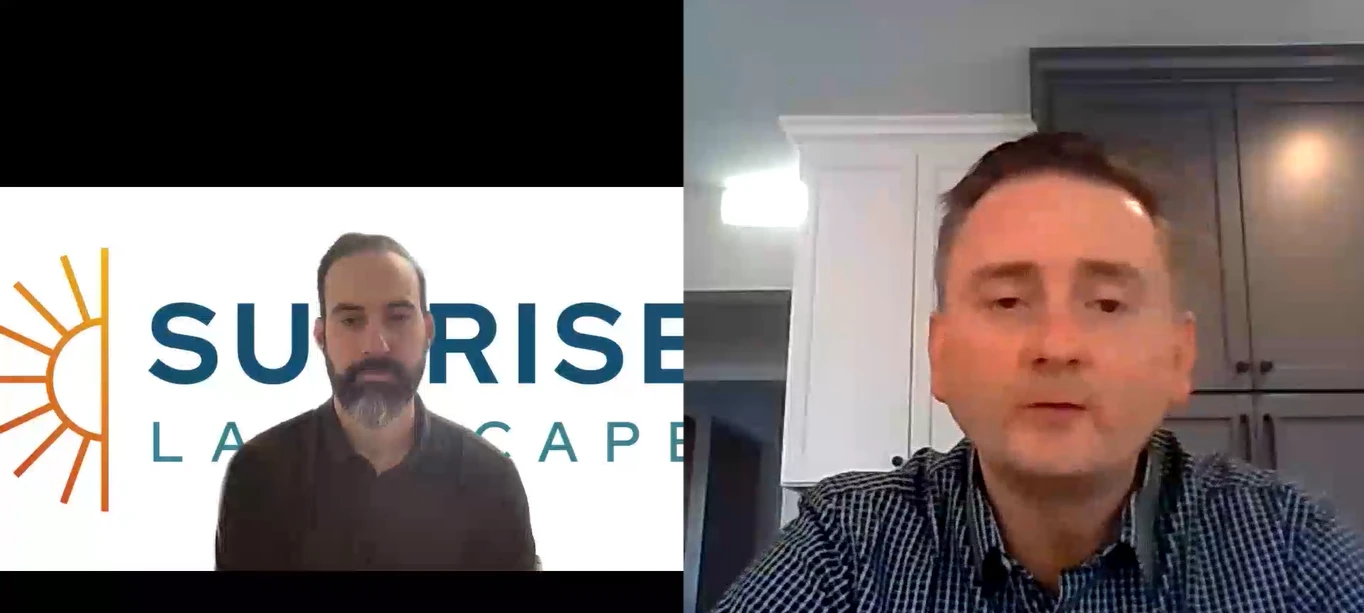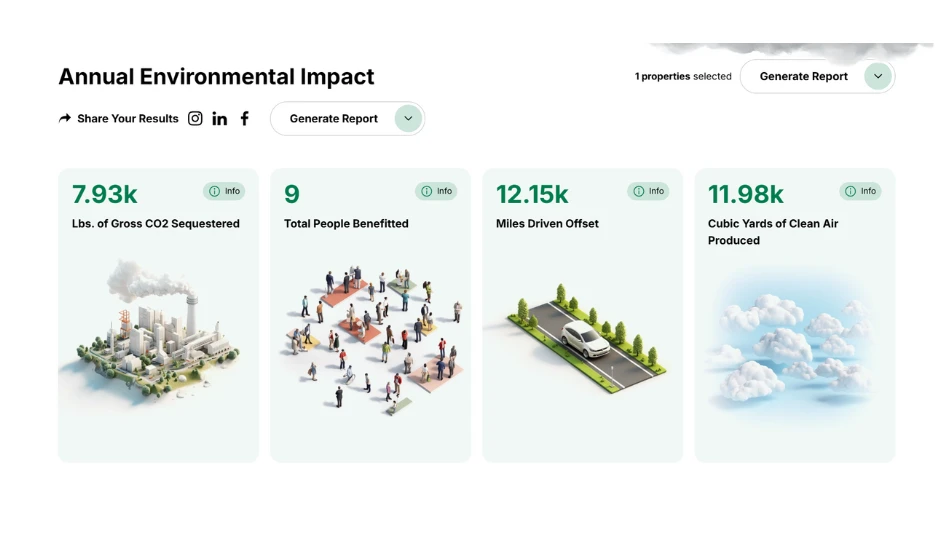Until designs are flawless and installations are infallible, no irrigation system will ever be perfect. That’s why polishing troubleshooting techniques and technical knowledge is a must for any contractor maintaining irrigation systems.
From crooked, plugged or improperly sized sprinkler heads to pressure problems, electrical issues and mismatched precipitation rates, there is no shortage of problems that can pop up in an irrigation system, according to Tim Wilson, director of education for the Irrigation Association, Falls Church, Va. That’s why staying on top of troubleshooting techniques is critical, he urged.
NO QUICK FIX. Being systematic and organized is the first rule of effective troubleshooting, according to Tim Malooly, president, Irrigation By Design, Plymouth, Minn. "What’s always important is having some sort of step-by-step methodology to narrow down your focus," he said, adding that this is especially critical since many irrigation problems can be "underground and complicated," and in turn, difficult to diagnose. There is no room for a scattershot approach in troubleshooting, he warned. Instead, contractors should "move back from the visible point of the symptom and find the point of the problem."
A clearly established system of procedures is indeed essential for a successful repair job, agreed Nathan Stivers, owner, Advanced Irrigation, Bettendorf, Iowa. His typical approach to fixing a system with a restricted water flow problem is a clear example. "The first thing I do when trying to track down a restriction problem is to make sure the valve is opening all the way or, in the case of adjustable flow valves, make sure that it has not been screwed shut," he described.
"Next, with the valve on, I walk around the yard and listen for a hissing sound. From here, I start locating the pipe, cut it open and check the flow. I usually start near the first head. Sometimes we cut the pipe in several locations and slide objects through the pipe to check for blockages.
"If we can narrow down the location of the restriction, we may just install a new pipe," he continued, adding that practicality in approaching a problem works wonders for customer relations. "Since our repair fees are based on time and materials, we try to give the customer the best value by performing the repair as efficiently as we can."
Wilson noted that many contractors tend to go for the quick fix instead of determining what the underlying problem is. This usually amounts to a waste of time and resources in the long run, he said.
"A lot of contractors try to band-aid work, but they’re not actually fixing the problem, just rearranging it," he pointed out.
When addressing coverage or pressure problems, "you need to be careful about just randomly adding or removing sprinkler heads, for example," he described. The green donut effect is a common situation in which contractors tend to go for the quick fix. When contractors observe this problem - which happens when a large rotary sprinkler yields a circle pattern with a dry, brown area next to the head while the area further out is wet with a green ring - they often just switch nozzles, assuming that will do the trick, Wilson said. Shifting system components around, however, only augments the problem instead of remedying it, he pointed out.
For coverage problems such as the green donut effect, Wilson recommended performing an audit. "Lay out catch cans and let the sprinklers run," he suggested. "Come back and see how much water is in some vs. others."
This will clue contractors into what exactly they can do, he said.
In terms of pricing, charging for time and material for troubleshooting tends to be the industry norm. On routine service calls, where a valve won’t operate, for example, Malooly charges about $68 an hour plus a $15 activation fee, he said.
Similarly, Haase Landscape, Spokane, Wash., charges $45 to show up and then $35 an hour plus parts, according to Chris Harfield, the company’s production manager.
Glenn Cooper, president, Dancing Waters Lawn Sprinkler Systems, Jonesboro, Ga., takes a different approach and has his customers sign an annual maintenance agreement, which generally run around $169. Short of any unexpected major maintenance, this eliminates constantly going back to the customer for additional money, he said.
| Tools Of The Trade |
No irrigation troubleshooter is complete without a comprehensive set of tools to diagnose system ills. According to industry experts, no problem solver should be without: |
TRICKY ISSUES. One perplexing issue can be tree roots that have grown around an irrigation pipe, restricting or entirely cutting off water flow to sprinklers. Stivers has frequently encountered this issue and notes it can be tricky to diagnose. "You know there’s enough water getting to the house and not too many sprinkler heads in a zone, but not enough water is getting to the heads," he described, adding that this situation is most common with polyethylene piping in systems that are more than 10 years old.
However, electrical problems are undoubtedly the most difficult irrigation problems to troubleshoot. "They can be a little bit vexing," according to Malooly.
"Those are the hardest to track down because you don’t always know where to look," Stivers agreed. "You need to just start narrowing it down."
Signs of an electrical problem include zones that inexplicably come on or off. For example, "if one zone stays stuck on and whatever you do, it doesn’t go off," described Jeff Walters, manager of irrigation department, Munie Outdoor Services, Caseyville, Ill. "Or if more than one zone in a row won’t come on for some reason, such as zones one through 5 won’t come on, and then zones 6 through 10 have the same problem."
Although not always obvious, this scenario might indicate a faulty ground wire with a poor connection, Walters said.
Corroded wire is another common electrical issue that often results in random dry patches throughout a lawn. Such wire problems are more common in older systems and are tough to track down, Stivers observed. These can result from damage caused during installation, water damage or just wear and tear through the years, he said, pointing out that improperly sized wire can also cause system malfunction.
Stivers added that he always keeps wire splices at valve locations, so finding them at a later date to address a problem is never too difficult a task, he said.
When faced with an electrical problem, many contractors mistakenly assume the controller is faulty, Wilson noted. "Inexperienced people just replace the controller, because to them, that’s the heart of a system. That’s what they can see."
At least 95 percent of the time, however, the electrical problem is not with the controller, but with the field wiring or solenoid, Wilson pointed out, adding that these issues can be addressed through the controller. Doing this just takes technical skills to diagnose properly with an volt-ohmmeter.
Meters are an essential tool for troubleshooting electrical problems, Cooper agreed. Using them effectively can save valuable time. Having to locate a faulty wire buried in a yard, for example, is almost impossible to do, he said. "It takes money to locate wire. Using a meter, however, can tell you right up front what your problem is."
A NEED FOR KNOWLEDGE. Ongoing technical training is critical for effective and efficient troubleshooting. Employers paying for this training should view it as money well spent, Wilson observed, pointing out that investing upfront in troubleshooting training and education is easier than paying for it later with a free fix while a system is under warranty, he noted.
Since troubleshooting is such a technical area, contractors doing this work ideally should be certified in a range of areas - from being a certified landscape irrigation auditor to having a low-voltage license and a backflow test accreditation, depending upon the state, according to Malooly.
Basic irrigation design familiarity is also a must, Cooper added. As is knowing the basic principles of electricity, Stivers said.
In addition to manufacturer education and training materials, the Irrigation Association offers a range of seminars and classes throughout the country with dates posted on its Web site, www.irrigation.org.
Those newer to the industry should seek out a troubleshooting mentor, Stivers advised. "Find someone who has been doing it a while, so you have access to call them when you’re stumped," he said, adding that since there are so many unwritten tricks of the trade, taking advantage of a more experienced contractor’s insights can be invaluable.
Don’t underestimate the value of interoffice discussion, either, Malooly suggested. Passing information back and forth among coworkers can be a tremendous way of sharing experience and solving troubleshooting conundrums, he advised.
Lastly, contractors should make sure the right employee is tending to irrigation maintenance issues. This person should be a logical perfectionist able to follow a precise sequence of steps, time after time, Wilson pointed out. Unlike general crew members or technicians, troubleshooters aren’t necessarily the fastest, most productive workers, but they must be highly disciplined and deliberate in their problem solving methods.
Walters recommended picking a troubleshooter who is a versatile, quick learner who’s not afraid to get dirty.
The author is Associate Editor of Lawn & Landscape magazine.

Explore the March 2001 Issue
Check out more from this issue and find your next story to read.
Latest from Lawn & Landscape
- Our new Top 100 list goes live tomorrow
- Inside Capitol Hill: Landscape industry updates 100 days into Trump's presidency
- Bartlett Tree Experts gave away 50,000 tree seedlings for Arbor Day
- Connect, Control & Conserve with Horizon Technical Services
- Use Horizon's Parts Hotline
- How I built a Top 100 company
- Horizon’s Exclusive TurfGro Fertilizer
- Grow your business with mosquito control





